Should the Grandi Formaggi at Alfa Romeo wish to remind themselves of the standards to which their new Giulia should aspire, they could do a lot worse than study the two cars in our picture, above, in detail.
One is a 75: Alfa Romeo’s last rear-drive saloon and, indeed, the last Alfa to be launched in the company’s pre-Fiat days of independence. The 75 was born 30 years ago, but my guess is that there would be shockingly little dissent among both the general public and Alfisti to my contention that Alfa Romeo has not produced a better saloon since.
Geneva 2016 update: Alfa Romeo Giulia range revealed ahead of going on sale in the UK
The other car is the original Giulia. Old though it is (it was launched in 1962) and angular enough to look more like a small child’s doodle of a car, to me, at least, this is the greatest Alfa saloon of all. I’ll tell you why in a moment. For now, though, let’s consider what they have in common.
Remarkably, given that they hail from different generations, both share the same engine. Okay, the 75 has fuel injection, variable valve timing and two plugs per cylinder and it displaces 1962cc rather than the Giulia’s 1570cc, but at their core both use the same all-alloy, twin-cam motor that appeared in 1954.
More relevant to today’s designers of the new Giulia is something else they share – less easy to define than a lump of metal under the bonnet, but far more important even than that. It’s an approach and, if you look back through the post-war history of Alfa Romeo, you’ll find every truly great car the company has made follows it.
Simply put, it is the pursuit of driving pleasure through the deployment of the best available engineering solutions. If the new Giulia really is to mark the rebirth of Alfa Romeo, it is this philosophy it must capture.
Read Steve Cropley's interview with Alfa CEO Harald Wester
Take the 75. The engine we already know. It directed its power via a gearbox mounted between the rear wheels – not great for boot space, but brilliant for weight distribution. Its rear disc brakes were located not behind the wheels but inboard either side of said gearbox because there they’d reduce unsprung mass.
Its front suspension was sprung by torsion bars, its rear axle of De Dion design – once again to cut unsprung weight but also to minimize camber changes under load. A limited-slip differential came as standard.
As for the Giulia, it offered in 1962 a twin-cam engine, a five-speed gearbox and a coil-sprung rear axle, whereas even Ferrari’s staple product at the time, the 250GT, had a single cam per bank, a four-speed gearbox (plus troublesome overdrive) and cart-type leaf springs at the back. The Alfa also had disc brakes at each corner – an unheard of refinement in a saloon of its size at the time.

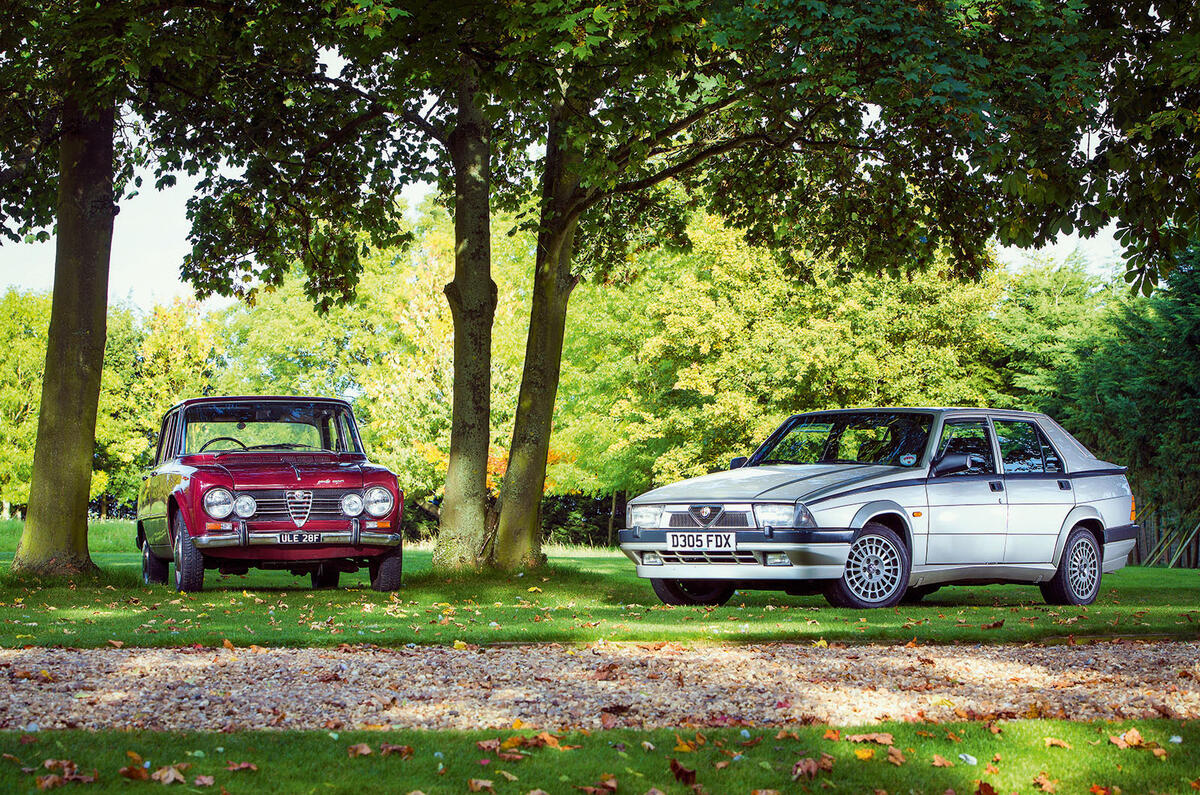
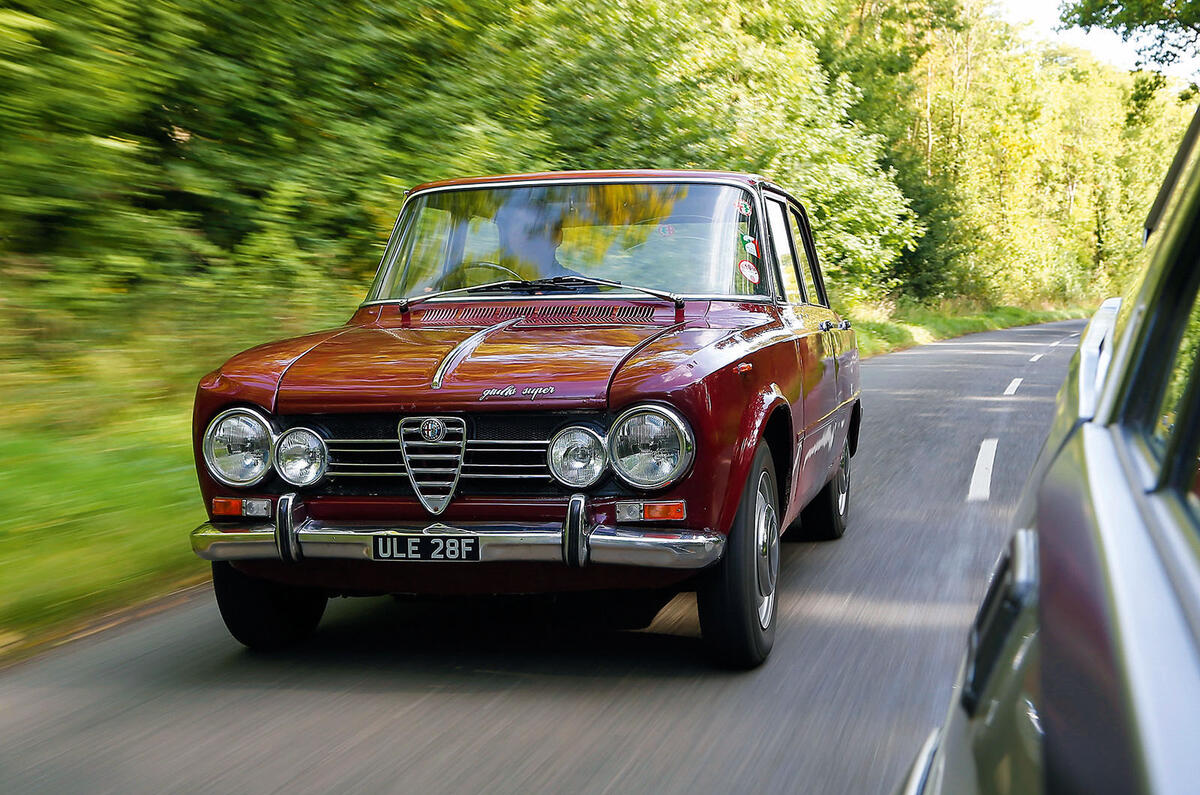
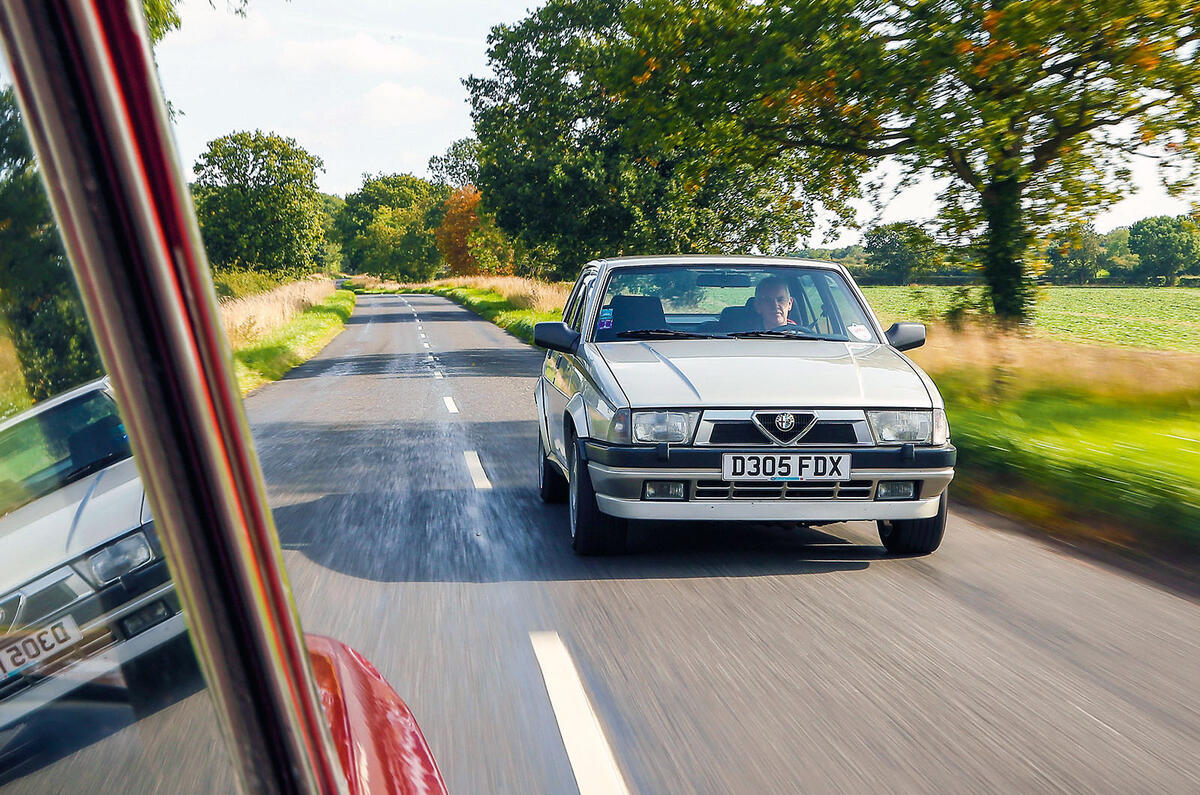
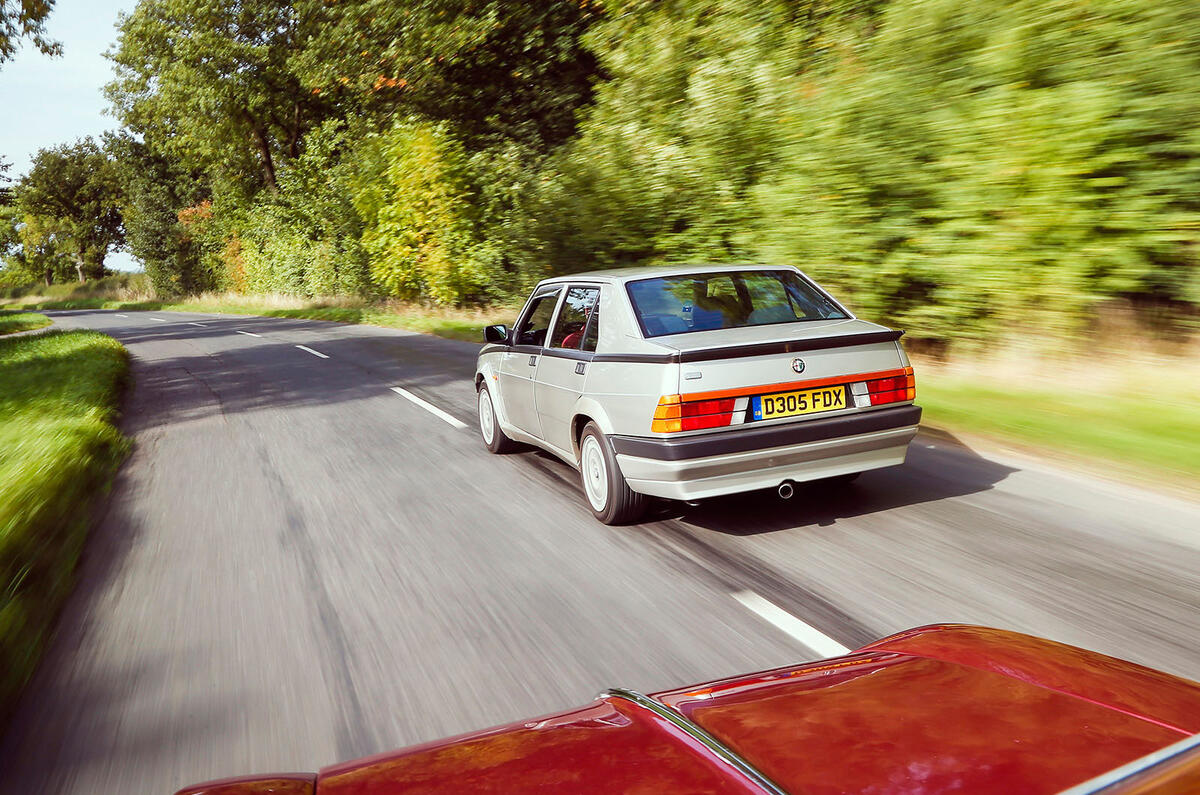
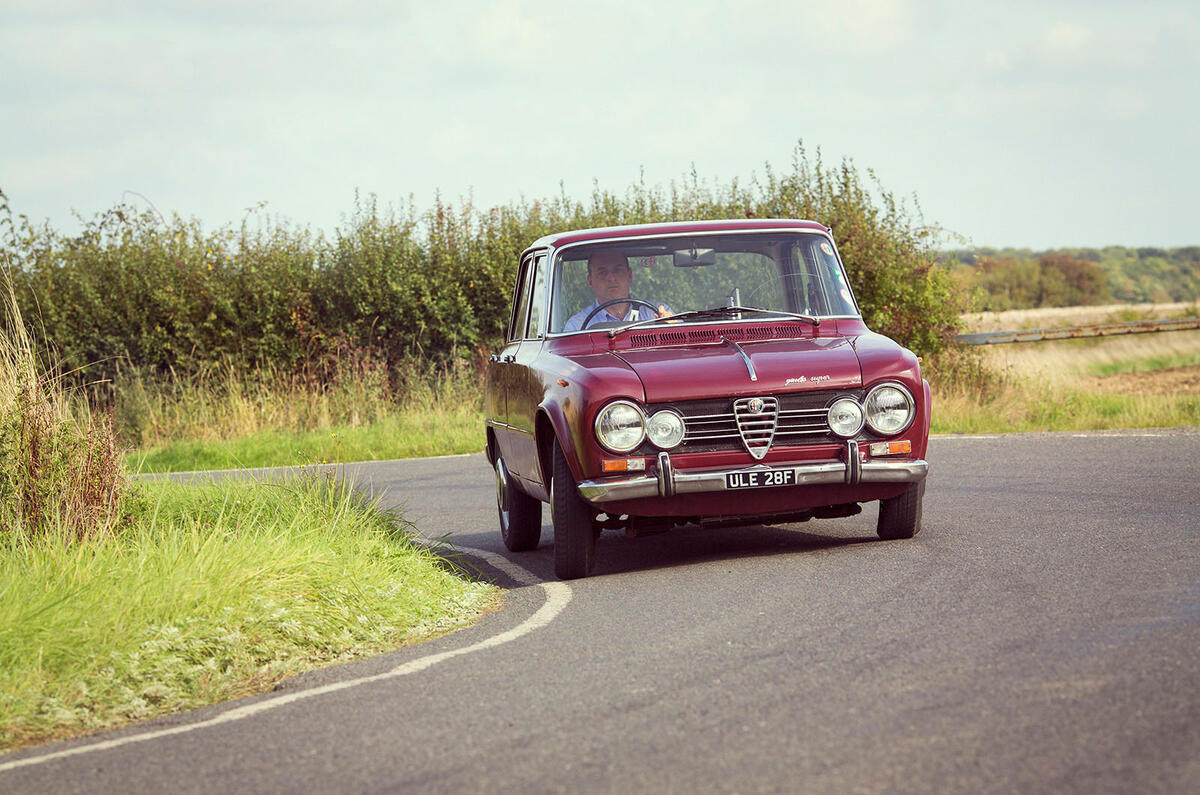
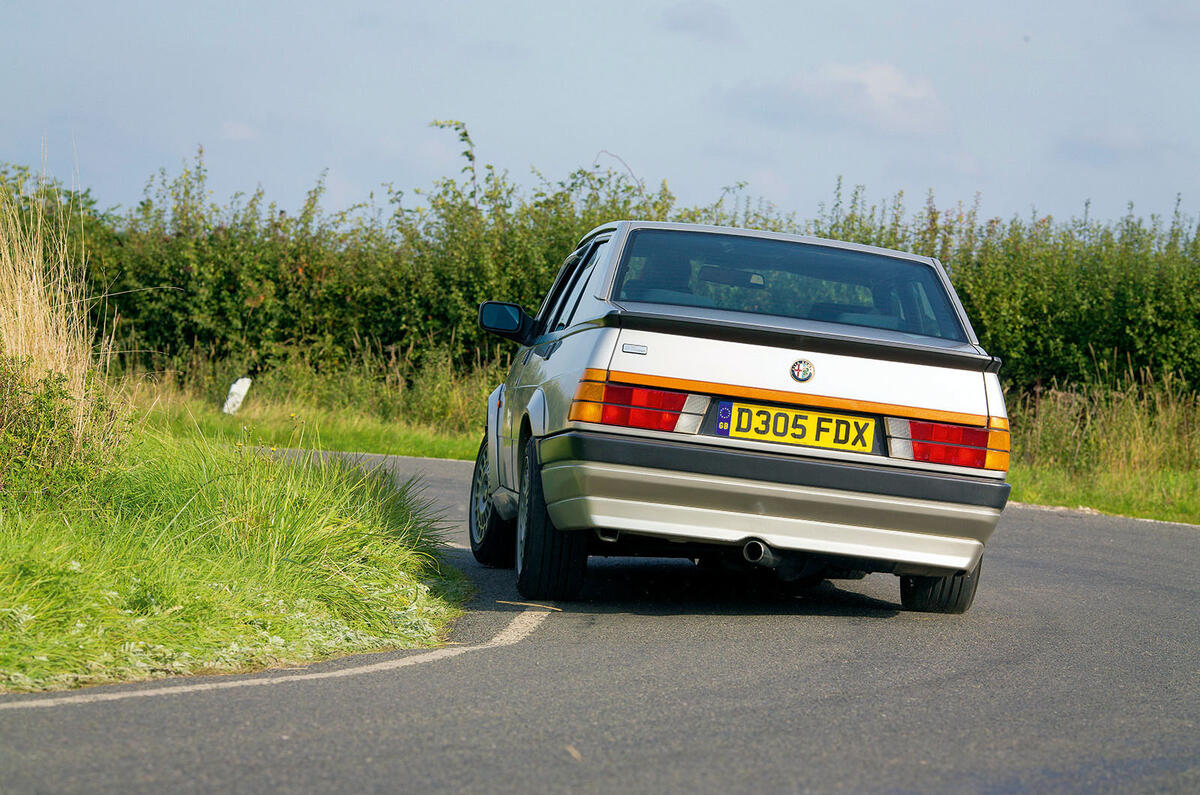
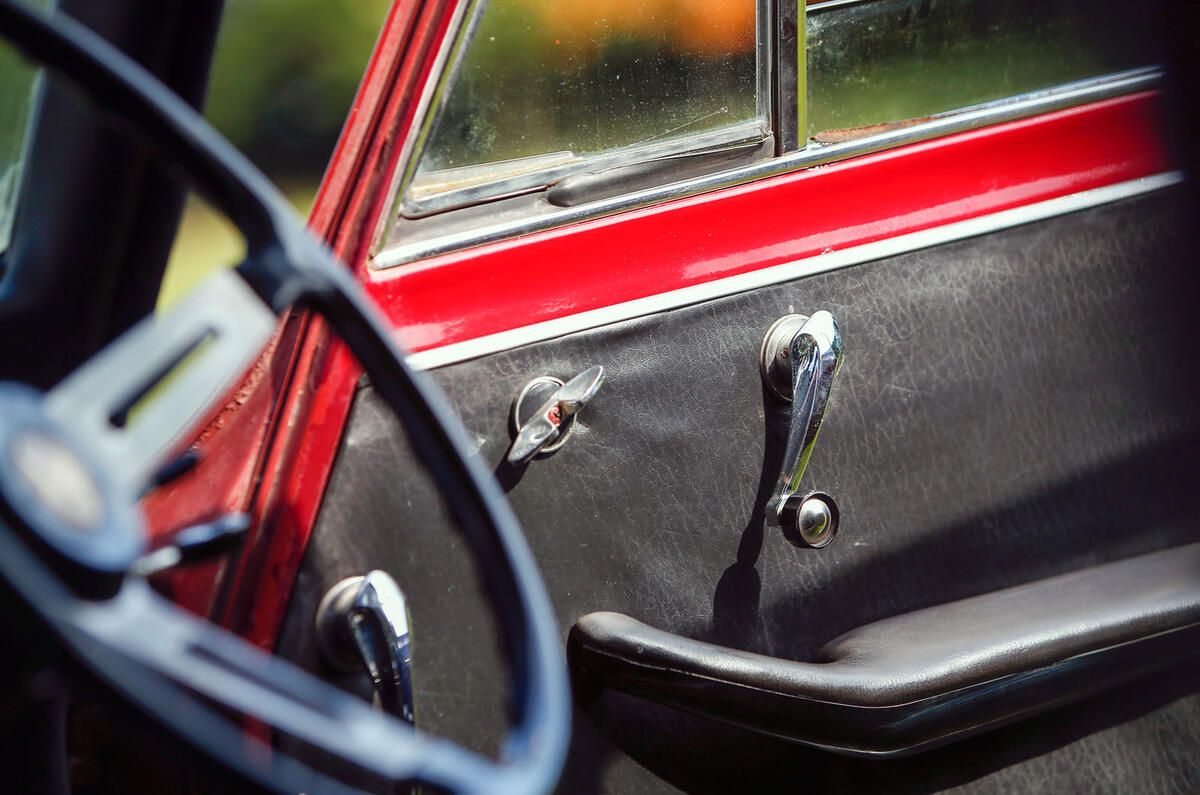
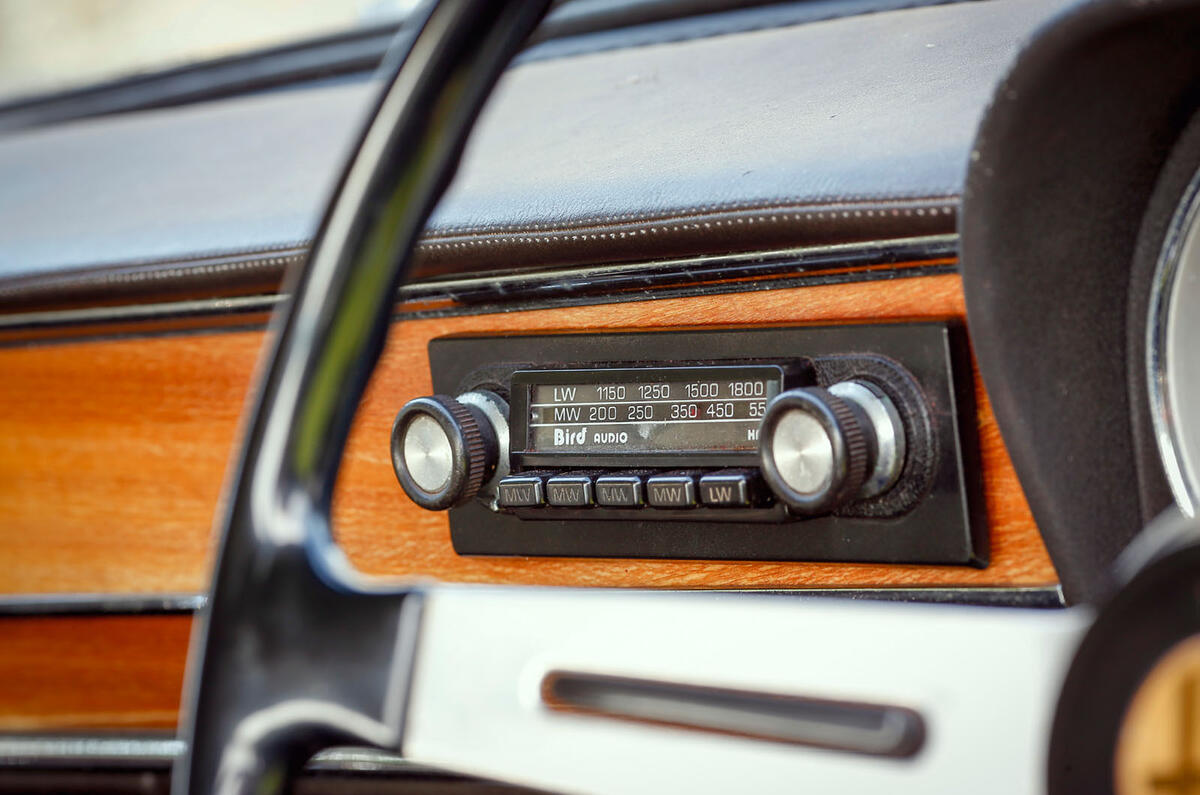
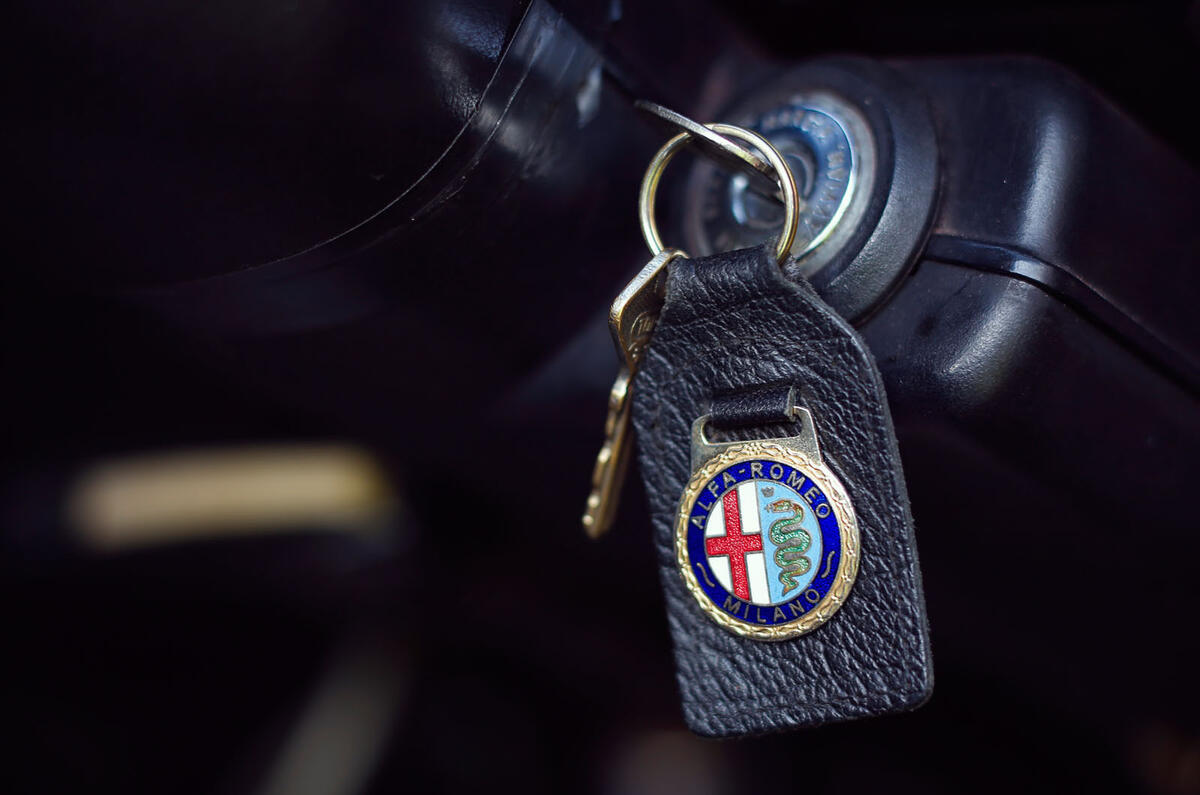
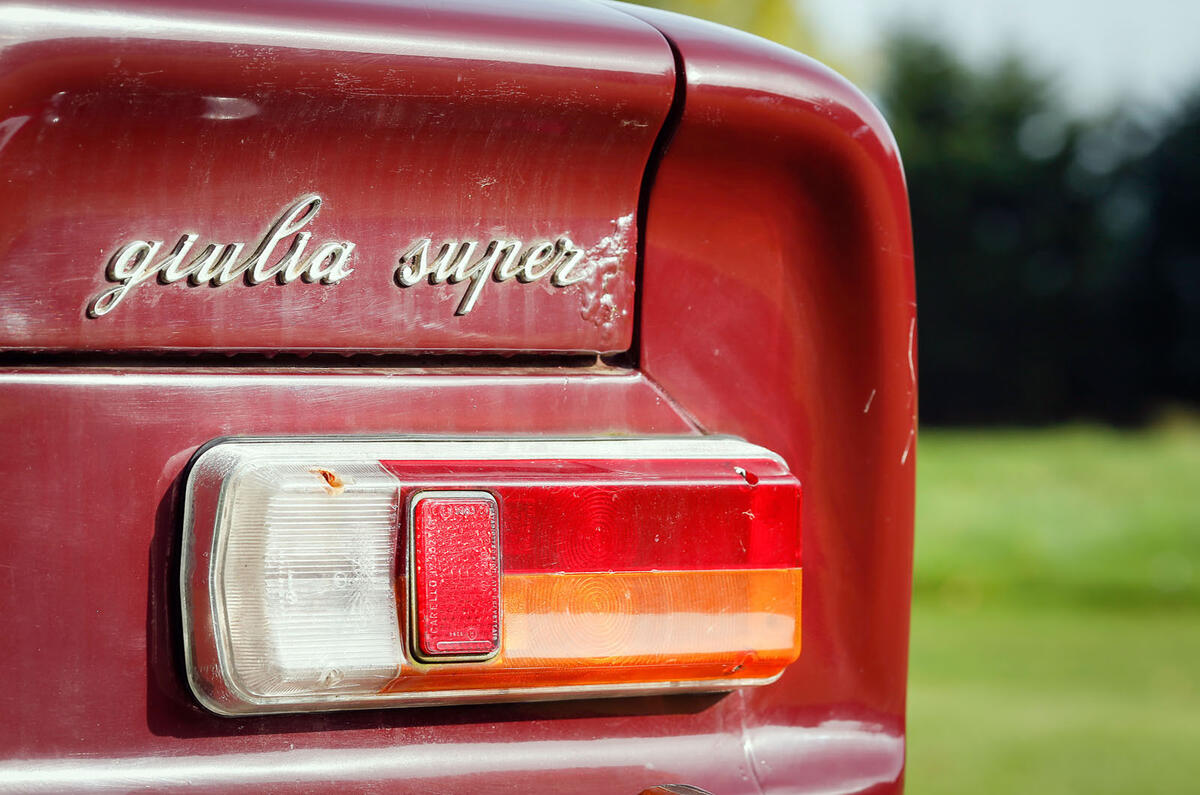
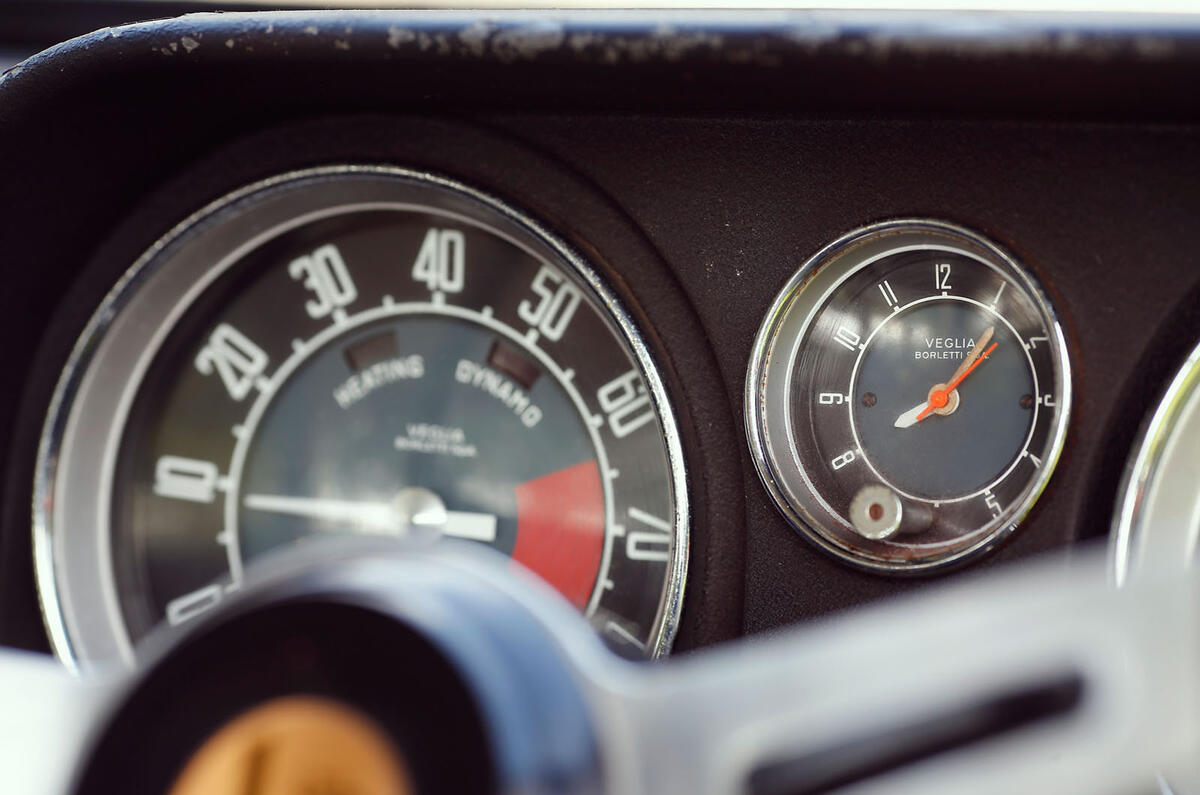
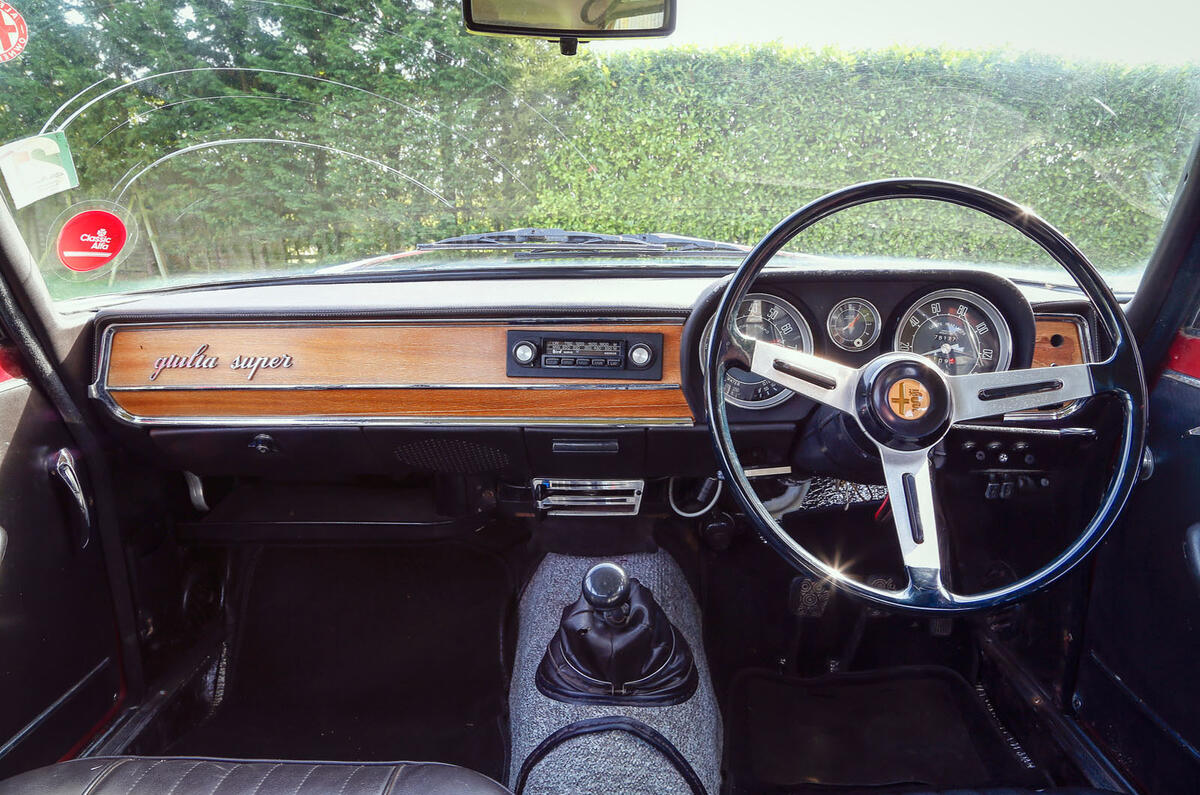
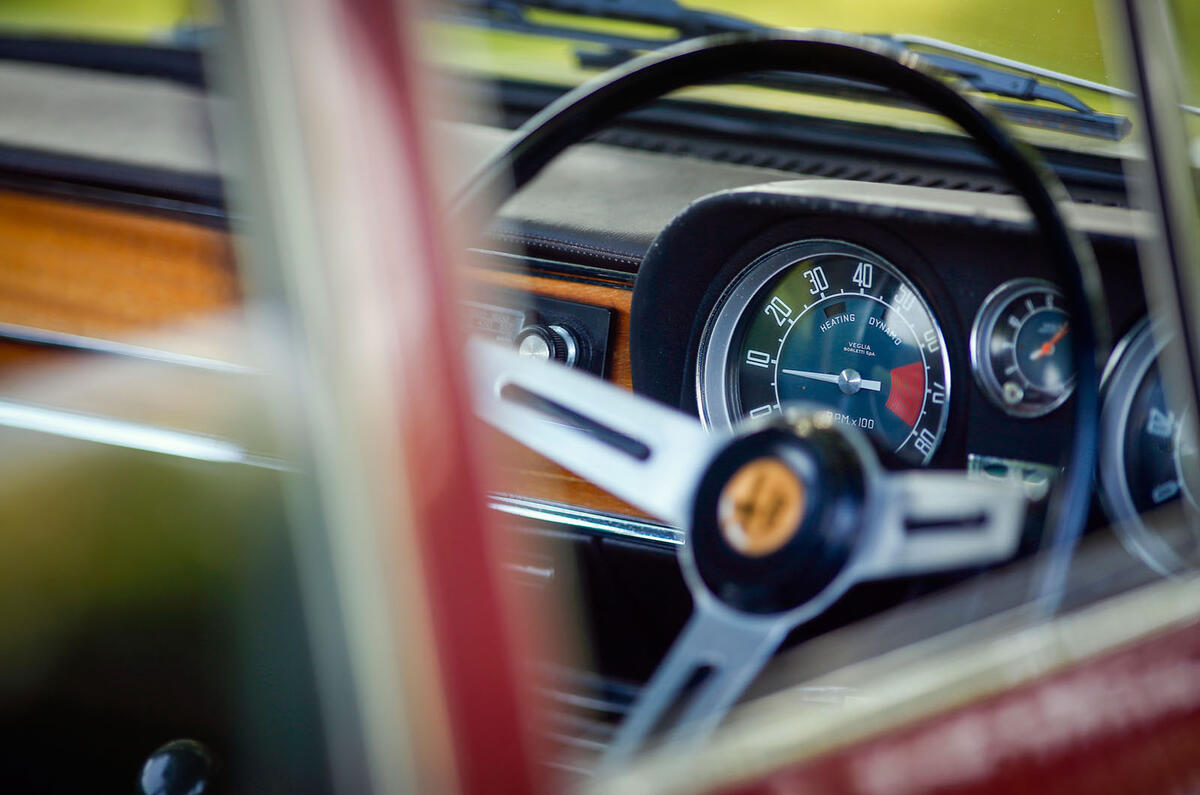

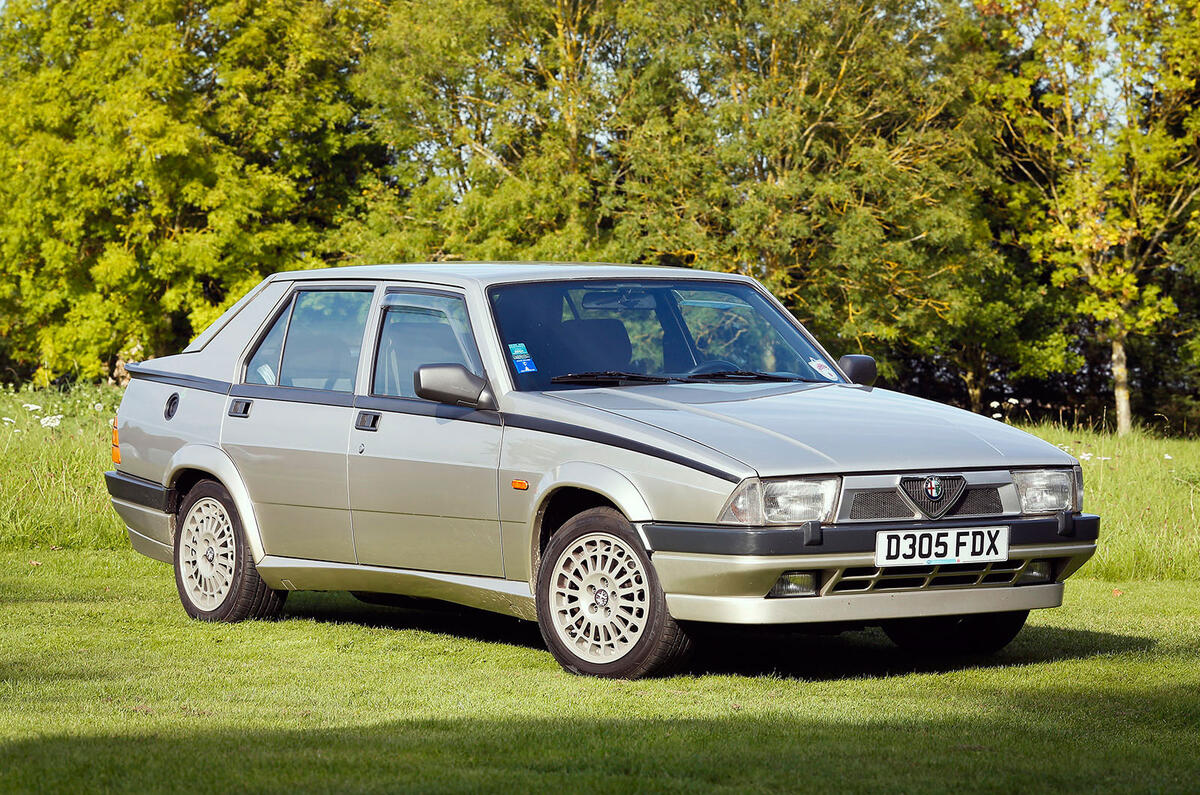
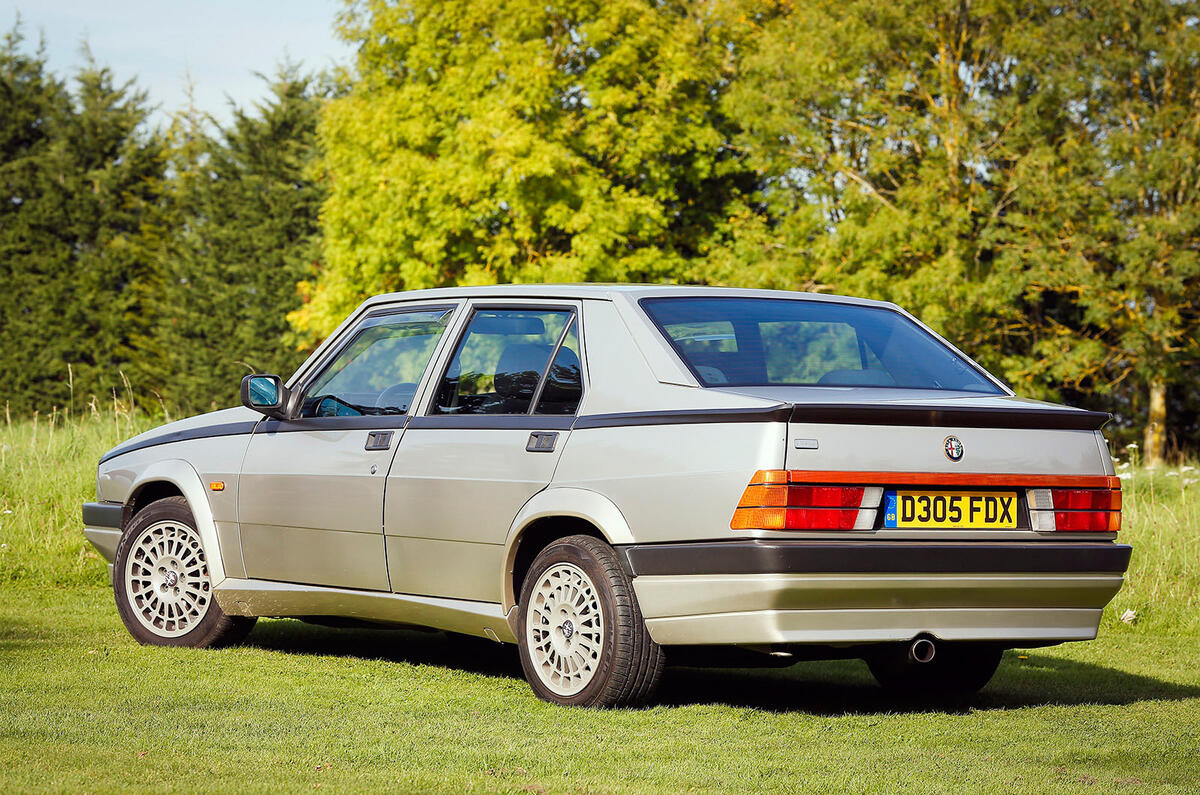
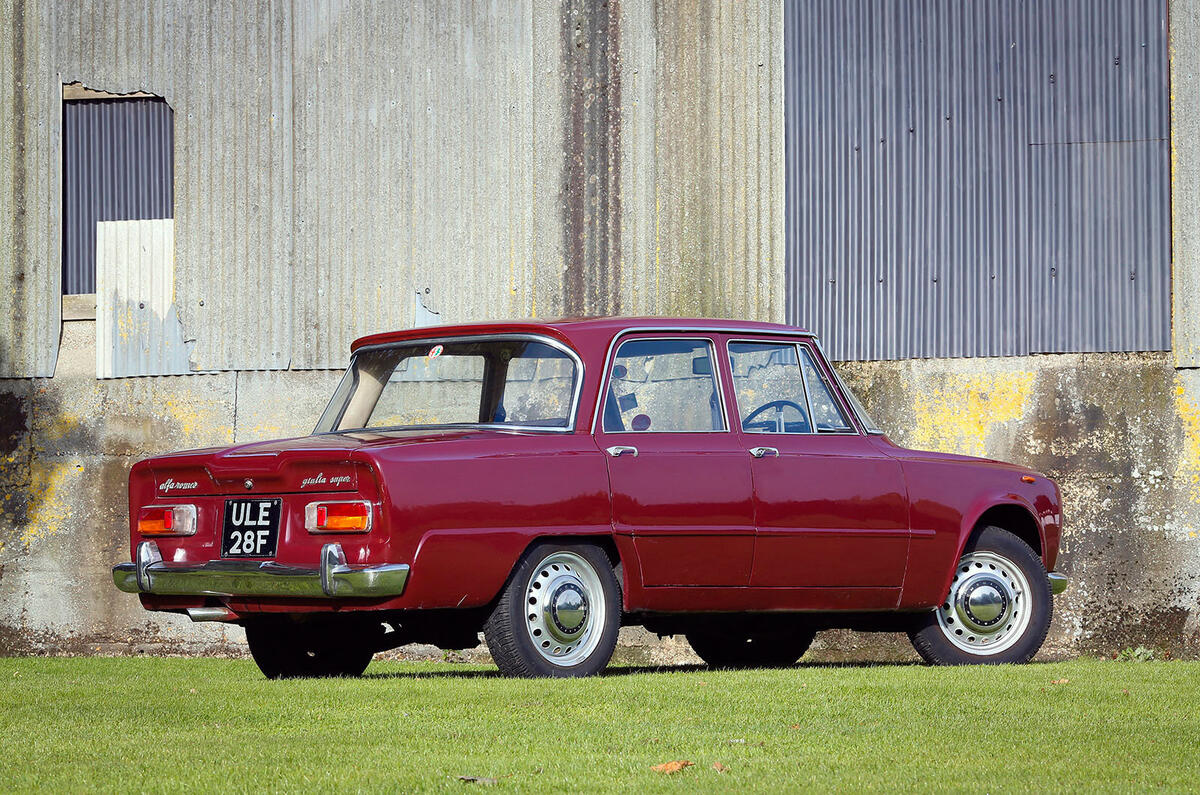
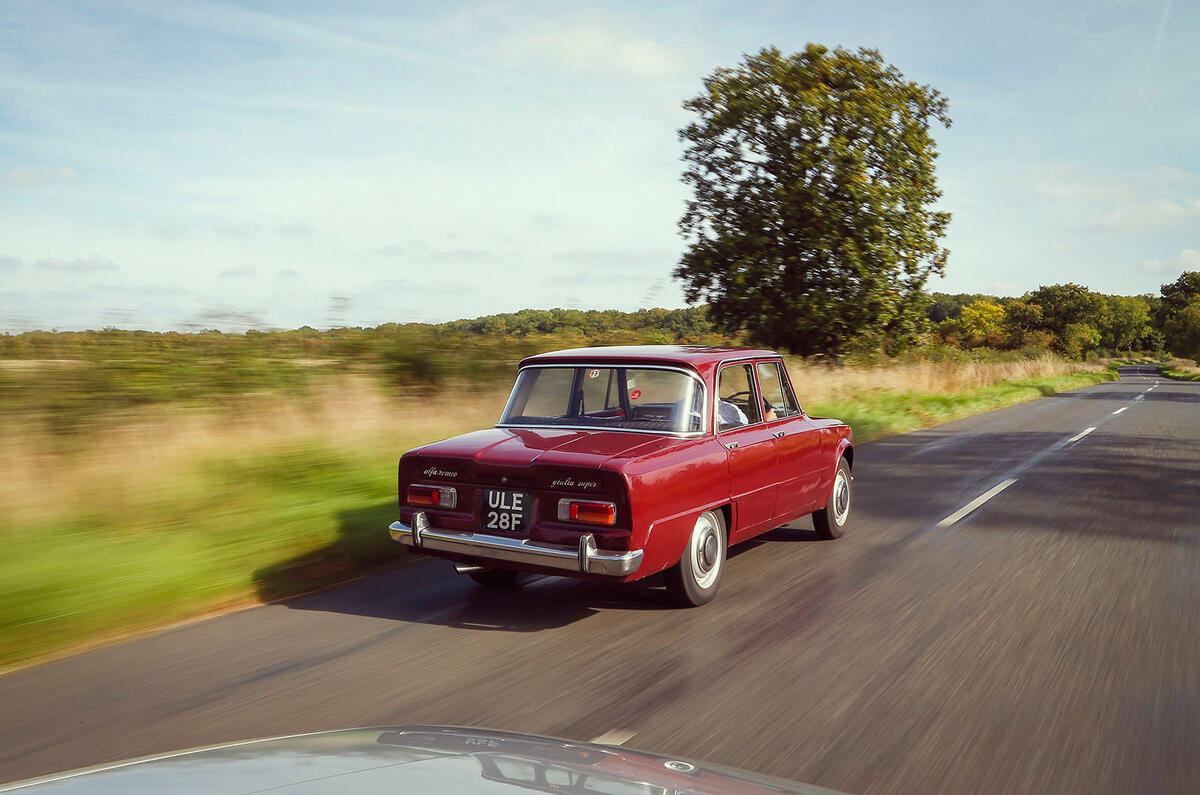
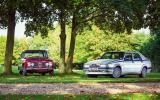
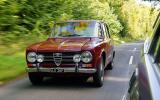
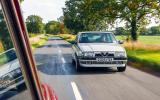
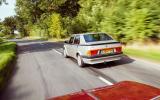
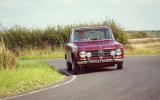

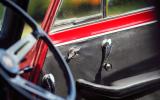
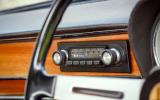
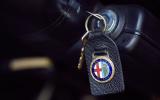
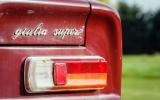
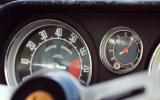
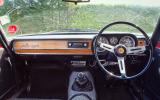
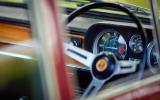

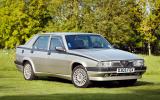
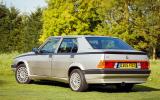
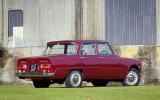
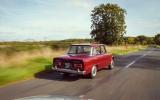


Join the debate
Add your comment
The 156 was better than the 75
The 75 was magnificent and everything Andrew says about it is right, I loved that car. However, it was based on the 1970s Alfetta and hand on heart I couldn't say it was better than the equivalent German marques of the day. However, the 156 was a genuine competitor and had mass market appeal without losing that wonderful Alfa character that just makes you smile. The 75 was wonderfully quirky - electric window switches on the roof! We Alfisti loved it but it was less lovable for the masses (read sane normal people).
Norma if you have any octane in your blood you should hope this new Alfa Giulia is great. The mainstream offerings from the German manufacturers are so dull (I am not talking about the Ms, the AMGs and the RSs here, I am talking the ones most people buy). I test drove a BMW 320i and BMW 118i with a mate a few weeks ago. They were so dull and lifeless, I just looked at him and asked would he feel good about himself after handing over all that money. He didn't buy one.
Back in the 80s I test drove
Here's hoping
If the new Giulia comes even close to emulating the handling purity and driving pleasure of these examples, it'll be a miracle. I'm not optimistic. Even Jag and BMW saloons are so heavily compromised by other requirements, its hard to think its actually possible anymore. What do you have to do to create a 4/5 door, 4/5 seater Cayman? Presumably strip out all the baubles and comforts that sell the cars in the first place?